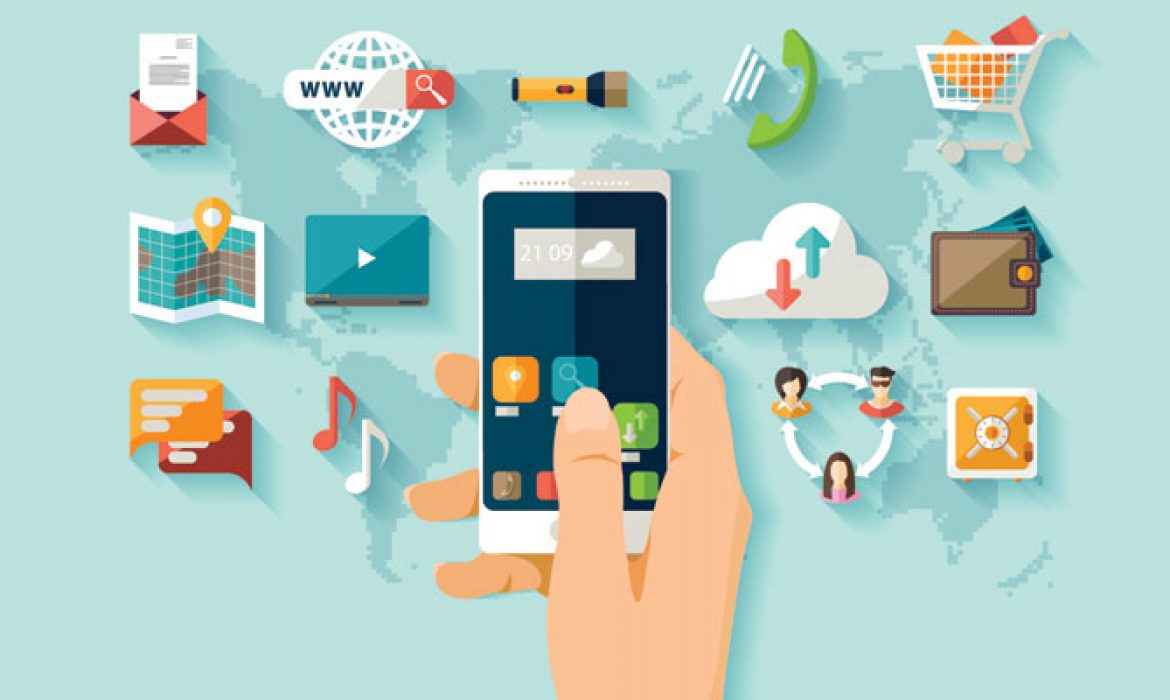
AI has forever changed digital advertising. As marketers, it already allows us to decide how to best engage potential customers and markets like never before.
But there’s room to grow. Deep learning tools are the next major area of AI-based research, and it will spark a wave of future innovation in every industry – bringing a new era of marketing which both advertisers and end-users will benefit from.
Our interfaces have already adapted to fit a user’s interests on a personal level, matching industry insights and behaviours with display advertising – or personalization. But deep learning algorithms will achieve even more.
Deep learning is changing the way we think about effectiveness. This the most promising field of AI-based research, found in Google Translate, Tesla driving-cars or Yahoo’s imagine recognition mechanism. It is used also in more futuristic ways.
Google’s DeepMind AI can lip-read TV shows better than a professional (a human expert annotated only 12.4% of words without any errors, versus AI at 46.8%). These algorithms have won against the world’s top poker players and can even self-direct a movie – shown recently by Saatchi & Saatchi at the Cannes Lions International Festival of Creativity.
And of course, the advertising industry will experience deep learning applications. A recent announcement by Coca-Cola indicates that they want to use AI bots to create music for ads, write scripts, post a spot on social media, and buy media – implying that the deep learning ads revolution seems closer to reality than ever.
From the advertiser’s perspective: Self-learning algorithms that react intelligently to unexpected situations
According to new Adlucent research, consumers crave a personalized advertising experience, and 71% of respondents prefer ads tailored to their interests and shopping habits. The study also showed that people are almost twice as likely to click through on an ad featuring an unknown brand, if the ad was tailored to their preferences.
With increasing access to data and fast-moving competition, it has never been more important for marketers to make sense of the noise surrounding users – but it has also never been easier. A typical personalization model can be made without highly advanced algorithms, but we know this limit has already been reached. New deep learning algorithms, however, can detect unexpected situations and hidden potential.
For example, imagine that you’ve forgotten about your friend’s birthday. With only two days left, there isn’t much time to search for a product, but still enough to look for something special. In these cases, ultra-accurate personalization can make the difference, and deep learning models can begin to know that you’re enthusiastically looking for something.
Whether it’s by a sudden change in behavior, or a seemingly urgent shopping spree, a typical model would be blind to these data points, but deep learning can make the connections.
Deep understanding of consumer shopping behavior hasn’t been widely available for e-commerce players yet, but it’s critical for marketers. For instance, it’s quite easy to find patterns in decision making for typical, predictable sales peaks like Black Friday or Women’s Day. It gets more complicated when it comes to identifying individual events, with a very specific context (like a shortly upcoming friend’s birthday or any sudden occasion).
This is where deep learning takes over from traditional methods. Inspired by the biological neurons in our brains, deep learning steps into the game and makes it possible to get more reliable, richer, machine-interpretable user descriptions of customers’ buying potential without the need for human expertise.
In contrast to the traditional machine learning approach, deep learning is able to single out one user in an online crowd, a person who may initially look like a user acting chaotically, but in fact has the biggest potential to finalize a purchase.
This is possible because self-learning algorithms define every potential client who searches for a product slightly different than usual models. It references history, and sees that the person changed his or her behavior dynamically. It then delivers extremely precise conversion probabilities, learning not only from one user, but every user in the network.
For instance, if the birthday present was “new headphones”, deep-learning-based retargeting would see the user quickly searching through 10 different models, checking specs, narrowing down to a price range. It would define it as an unusual, urgent situation, while traditional algorithms would only see it as indecisive and erratic behaviour – or not notice it at all.
With the knowledge that the person has an urgent need to buy something, the e-shop can automatically push the consumer to finalize the purchase at their specific e-store.
From the user’s perspective: deep learning algorithms that predict your desires
When artificial intelligence is applied to any commercial product or service distribution, it becomes a unique extension of who we are. It works phenomenally in Netflix’s recommendation system, and many movies watched on Netflix come from the company’s deep learning-enhanced suggestions.
Amazon also trusts self-learning algorithms. The company’s patented algorithm-based ”anticipatory shipping” system can ultra-precisely define customer purchase patterns and predict the brand, price range and product that will be bought. Based on that, Amazon can ship products to distribution centers before an order is even placed – revolutionizing the e-commerce industry.
AI, especially deep learning, is the perfect tool to predict a user’s desires in the advertising industry. The technology is simplifying our everyday user experience by bringing deeply targeted ads that contain not only products we are more likely to buy, but also those which we haven’t seen or products we haven’t even thought about.
Imagine that you have just bought a new camera. Deep learning algorithms will analyse every part of what you did: date shopped for and bought, camera specs, history, behavior, etc. Algorithms will be able to devise product recommendations shaped around satisfying your personal needs that go beyond typical suggestions.
Compatible lenses or additional memory cards or camera tripod might be good recommendations, while a suggested video ad with a camera-drone might show you something you hadn’t even thought about – but now want subconsciously.
The reason deep learning is so impactful is that it learns the same way people do, only much, much faster. It looks into each person’s desires on an individual basis, while also taking into account data from millions of others and delivering results in real-time. This is a feat no human can ever hope to accomplish.
Advertiser deep learning tools will lead to changes in the way we recommend products, carefully weighing the value of a potential buyer, predicting conversion probability, and most importantly – learning about their desires. Self-learning algorithms help to achieve super-accurate user analysis and as a result make advertising approximately 40% more efficient.
In the near future, advertisers and users will experience the evolution of advertising. While it may seem a little bit sci-fi, this technology is a natural progression towards making online activities more efficient than ever before.
___
by Daniel Surmacz
source: ClickZ


